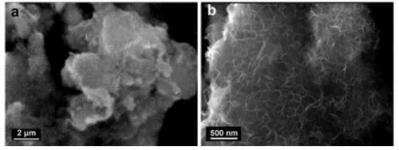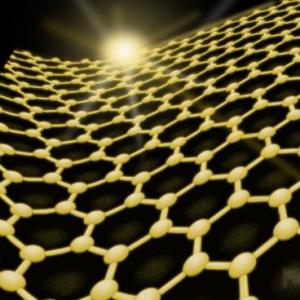New York awarded $250,000 to two graphene-based energy storage projects
 New York State Energy Research and Development Authority (NYSERDA) awarded $2 million for energy storage projects. They support eight companies - each will receive $250,000. Two of these projects are based on graphene.
New York State Energy Research and Development Authority (NYSERDA) awarded $2 million for energy storage projects. They support eight companies - each will receive $250,000. Two of these projects are based on graphene.
Graphene devices will develop powerful graphene-based supercapacitors with three times the energy density of current commercial devices at the same cost. Custom Electronics Inc aims to develop an electrolytic graphene capacitor to back up the electricity grid during power shortages, voltage spikes, and momentary electricity interruptions.




